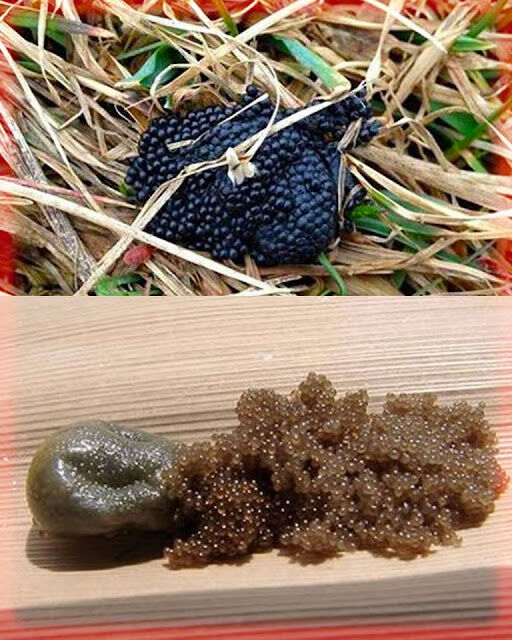The Ultimate Guide to Managing Tick Eggs on Your Property
Ticks are tiny but formidable pests, known not only for their irritating bites but also for their capacity to spread serious diseases such as Lyme disease and Rocky Mountain Spotted Fever. An infestation often begins unnoticed with the discreet laying of tick eggs in protected areas around your yard. This comprehensive guide aims to empower homeowners with essential knowledge and strategies to identify, manage, and prevent tick eggs effectively, ensuring the safety of your outdoor spaces.
Understanding Tick Eggs
Tick eggs are minuscule, measuring about half the diameter of a poppy seed (approximately 0.5 mm). These eggs might appear in varying shapes—from oval to pear-shaped—depending on the tick species. Initially, they may be translucent or slightly white, blending easily with their surroundings. As they mature, they can develop a more opaque and slightly colored hue, ranging from pale yellow to light brown, often acquiring a smooth, glossy finish. Ticks tend to lay their eggs in clusters, commonly on surfaces close to the ground such as leaf piles, underbrush, or directly in the soil.
The Dangers of Tick Eggs
The primary concern with tick eggs lies in their potential to hatch into larvae, which can carry and transmit diseases to humans and animals. Understanding how to handle and eliminate these eggs is crucial in preventing the spread of tick-borne illnesses.
Steps to Eliminate Tick Eggs and Prevent Infestations
Professional Consultation: When you discover tick eggs, consulting a professional pest control expert or a veterinarian can provide specific guidance tailored to your situation. They can assist in identifying the tick species and recommend the best treatment methods.
Safe Removal Practices: To remove ticks that have attached to the skin, use fine-tipped tweezers. Grasp the tick as close to the skin’s surface as possible and pull upward with steady, even pressure. After removal, dispose of the tick by submerging it in alcohol, sealing it in a bag, or flushing it down the toilet.
For Complete Cooking STEPS Please Head On Over To Next Page Or Open button (>) and don’t forget to SHARE with your Facebook friends
ADVERTISEMENT







